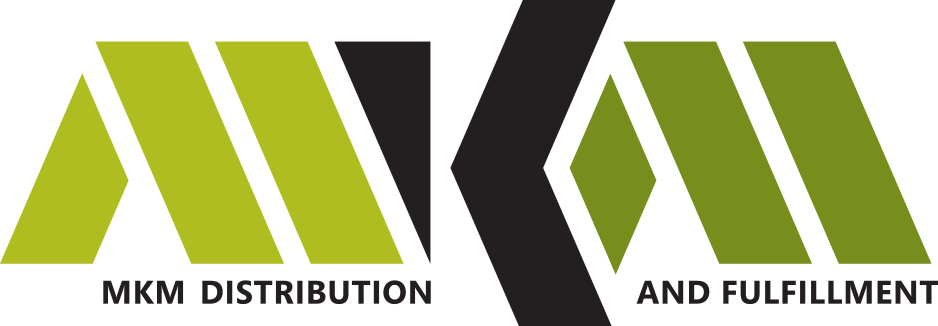The Cost of E-Commerce Fulfillment – Transportation & Location
E-commerce is the future. Without utilizing it, retailers will get left behind, because you can bet that if you aren’t taking orders online, your competition is. At the same time, fulfilling online orders is a complicated task. It’s not as simple as simply shoving some items in a box and mailing it out. There are a lot of factors that go into e-commerce fulfillment, and all of those factors have costs associated with them. Some of those costs may be what you would expect: the direct costs. Other costs aren’t so direct; they’re just a result of fulfilling e-commerce. Over the course of several blog posts, we’ll look at the wide variety of costs associated with e-commerce fulfillment.
Transportation
To fulfill e-commerce orders, you need product. That product needs to arrive to your facility on a truck. Simple, right? And while these inbound freight costs should be evaluated, measured and monitored, they are hardly the impact on your bottom line that your outbound shipping costs amount to. For example, it may cost $800 to deliver a truckload of 10,000 inventory pieces. That’s 8 cents per item to receive the product. But to ship that same item out via a parcel carrier amounts to dollars per item. And if you can shave, say, $.50 per item from your parcel shipping costs, then that amounts to significant savings over the course of a year (we go into more detail on this in the next section). Bottom line. Transportation costs matter, but in an ecommerce operation inbound transportation costs don’t have as much impact on your per item costs as outbound parcels do. Your time is best spent ensuring your Third Party Logitics Provider (3PL) is price competitive and that you are geographically located to gain the most savings on outbound transportation.
Keep in mind that transportation and 3PL providers get impacted by outside cost increases as well. The biggest factors driving transportation costs right now, aside from fuel prices, are regulations and capacity: driver shortages, equipment (truck & trailer) shortages, and hours of service restrictions (CSA 2010). Plus, insurance costs are skyrocketing and there is even a proposal for a mandated 10-fold increase in liability insurance coverage.
Location
Of course, a significant factor in e-commerce fulfillment costs is location. It directly impacts a number of things. First is rent. Are you in New York City? Then rent is higher than say, somewhere in the Midwest. Second is labor. Again, major markets tend to draw higher salary costs, even among hourly workers. And speaking of workforce, location plays a pivotal role in available labor. Does your location have a shortage of labor or a surplus? Another point to consider with location is access to transportation. Can you get trucks in and out of your area efficiently? Do you have easy access to major highways? The last consideration for location is about shipping times and costs. If your location is remote or even isolated from major population centers, you may have longer shipping times or higher outbound shipping costs to customers. Today, because of larger shippers like Amazon, 2-day shipping has become the norm. So if your location limits you to 3 or 4 day shipping to a majority of your customers, then you may find yourself losing out to your competitors who are more ideally located and can ship faster. Or you may be spending extra money on priority deliveries. Location also impacts your bottom line; let’s assume the average e-commerce order has 2 items in it. If the fulfillment center is geographically positioned to save an average of $0.50 per package on shipping, then the savings on outbound shipping for 10,000 pieces (or 5000 orders) is $2500. It adds up quick.
Transportation and parcel costs are one of the largest categories of spend for an online retailer. When analyzing your shipping spend, consider where your optimal fulfillment location(s) would be to get closest to a majority of your customers. For some this means adding regional centers, and for others this means adding a single central location.
So what’s your take? Do you have a handle on your transportation and location costs? How much do they contribute to each shipment you make? For more information on this topic, download our white paper. Or reach out. We’re always here.

